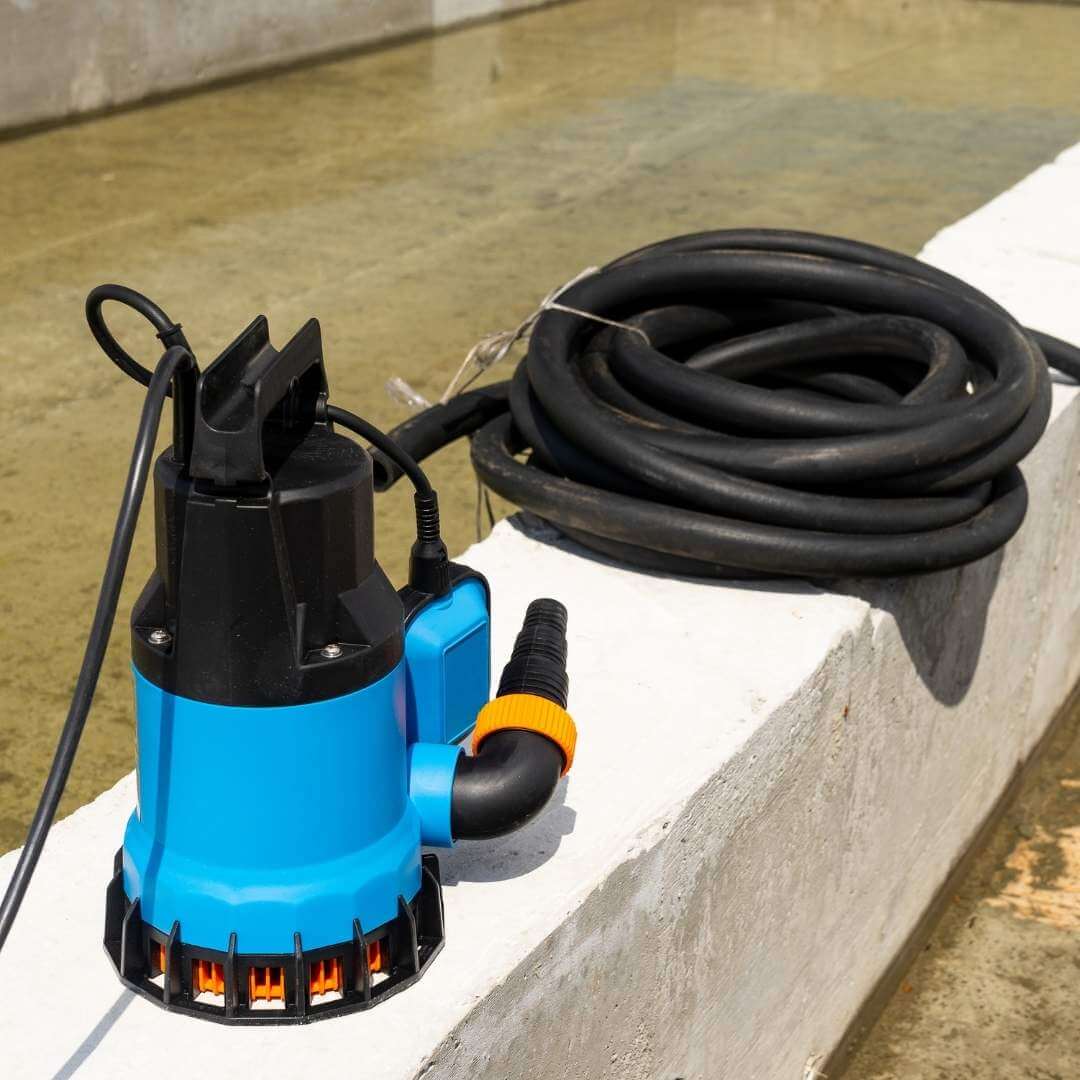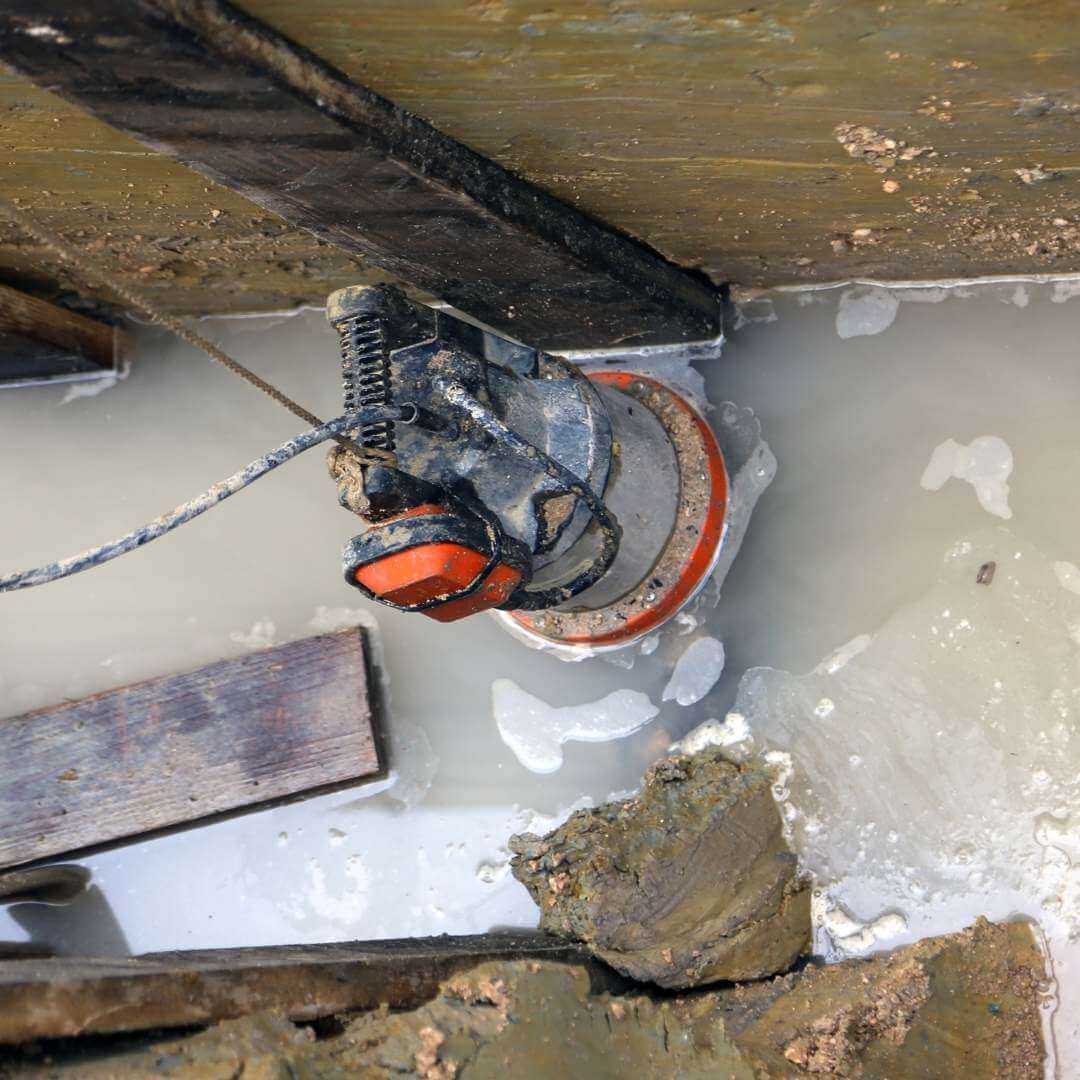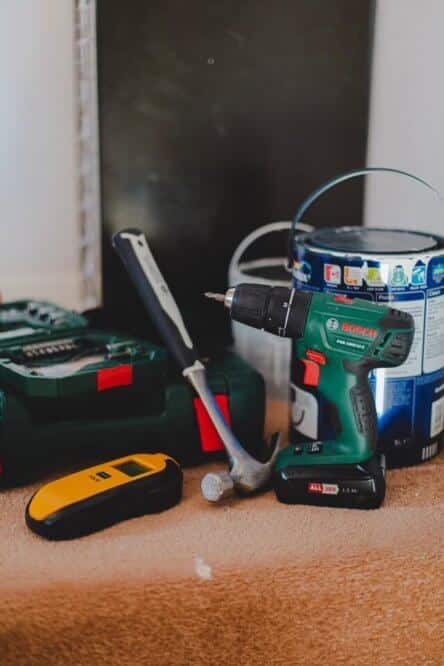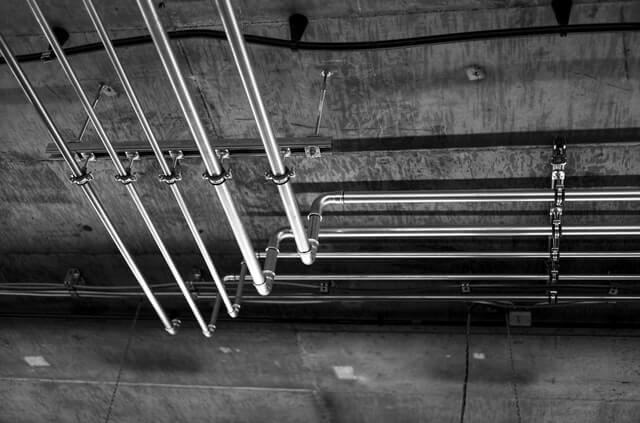When looking for a good well pump, you’re probably feeling overwhelmed by choices. One of them is deciding on a “submersible pump vs jet pump” – which one to choose?
Picking the right product can greatly influence the way your well and plumbing will work. If you make a mistake, this could reflect badly on the quality of the water pressure in your house.
But how to make a good choice when it comes to submersible pump vs jet pump? We’ll try to help you with this.
Submersible Pump Vs Jet Pump – Overall Comparison

A jet pump is more affordable, and it comes with larger versatility with the limited flow, while a submersible pump is more energy efficient and quicker to set up.
Before we start talking more about which to choose, submersible pump or jet pump, there are some things you should know. Here are some basic features of both pumps and what they’re used for.
How Jet Pump Works?
To begin, you need to know what is jet pump and how it works. A jet pump is a pump that stands above the ground. It doesn’t push the water outside of the pump, but rather sucks it up. If you wonder what is a jet pump used for, we’ll explain in a second.
- SHALLOW WELL JET PUMP: Red Lion Premium Cast...
- BUILT TO LAST: Rugged cast iron casing and...
- HEAVY DUTY MOTOR: runs on either 115 or 230...
People use jet pumps to get water from wells that are 25 to 50 feet deep. [1]
They do an effective job thanks to their method of work. However, they can do more than that, depending on their type. There are two types of jet pumps:
- One line jet pump
- Two line jet pump
A one line jet pump draws water with a single water line. It can lift the water up from up to 24 feet below the pump’s location. These pumps aren’t very strong and they will generate approximately 50 psi. The exact amount depends on the water level. Also, they can be noisy if located right underneath the house.
A two line jet pump has – you’ve guessed it – two water lines connecting the pump and the well. As it draws the water, it simultaneously returns a small portion back to the well and inside the ‘jet’. The ‘jet’ stands deep in the well. Thanks to it, the water makes a ‘U’ turn before the pump lifts it. This way, you can reach water that is located quite deep.
How Submersible Pump Works?

We cannot discuss a submersible pump vs jet pump without talking about what a submersible pump is. A submersible pump pushes the water instead of sucking it up. It is located underground, unlike a jet pump.
The strength of the pump depends on its horsepower, as well as flow configurations. With them, you can choose the adequately sized pump that’ll fit to your needs. Overall, a submersible pump doesn’t require priming. It can deliver better volume and better pressure while remaining silent.
In fact, you can use a two line jet pump to power a submersible pump. What you can do is connect one of its water lines to the submersible pump, using it as a power source. This is a good and effective way to make the pumps ‘cooperate’.
With this method, you can also eliminate discoloration on the pipes, such as copper pipes turning green. If a two line jet pump isn’t available, you can simply use a new electric line and power the submersible pump.
- INDOOR USE ONLY - This 1 HP WAYNE basement...
- TOUGH AND DURABLE - Corrosion-resistant...
- EFFICIENT DESIGN - The top suction design...
Which One Is Better?
When it comes to submersible pump vs jet pump, making the right choice isn’t easy. This depends on many factors, including your preferences and well type. [2]
Benefits of a Submersible Pump
Here are some pros of choosing a submersible pump over a jet pump:
- It can save you time on preparation
- It saves energy
- It saves you money
- It’s good for higher demand water units
If you want to know more, we’ll explain further below.
It Can Save You Time on Preparation
The submersible pump saves time аs it’s self-primed, while you’d have to prime a jet pump. You have to prime a jet pump, which is tricky. Not to mention you have to do this no matter how shallow or deep well you have.
If any air gets into the pump, you may have ruined it. If this happens, you likely have to get water from some other source at first, for example, your neighbors. Not to mention you’d probably have to purchase new valves!
The jet pumps can’t build prime if anything is blocking the nozzle or if there is a leak. With submersible pumps, the water is immediately at the pump. It can start working immediately after you’ve installed it. This means you’ll save a lot of time during preparation and repairs.
It Saves Energy
The submersible pump can build pressure approximately 30% faster compared to a jet pump. This means it saves the energy you’d normally waste on turning it on. At the same time, it doesn’t have to fight atmospheric pressure and gravity like a jet pump.
In jet pumps, this can create a very high elevation between the water surface and pump. As a result, you can have cavitation on the pump. Jet pumps can also overheat for this same reason. This is also why submersible pumps don’t use as much energy.
It Saves You Money
Jet pumps come with an exposed motor and pump. The water can make these two components corrode, so you’ll be liable for some expensive repairs that your insurance may not cover. This can also cause leaks next to the rotating shaft. The suspended solids can affect the wear of the impeller, as well. A common problem is that a jet pump will not shut off. This can result in repairs and maintenance, once again. All of these issues can cost you greatly.
Unlike a jet pump, a submersible pump has a sealed pump and motor. This makes it free of most maintenance. At the same time, as a submersible pump doesn’t use as much energy, you won’t spend as much on utility bills. Not to mention that submersible pumps usually last longer than jet pumps, as they won’t sustain as much damage.
It’s Good for Higher Demand Water Units
Jet pumps have limited water flow. Usually, they can’t work over 1½ horsepower for a given hp. Also, if the well is around 50 feet deep, jet pumps have a flow rate no higher than 10 GPM.
Opposite that, submersible pumps don’t have many limitations. They will cater to your water demands no matter how large well you have. This makes them a better choice for things such as:
- Garden ponds
- Sprinkler systems
- Industrial pumping
- Business pumping
- Horticulture pumping
Benefits of a Jet Pump
Of course, the above arguments don’t necessarily mean we already have a winner in a submersible pump vs jet pump fight. Here are some pros of a jet pump that you can’t find in a submersible pump:
- Easier installation
- It’s better for removing unwanted water
- It’s affordable
Here is more information about all those benefits.
Easier Installation
Jet pumps stand on the ground instead of inside the well. You don’t have to submerge it inside the water. This means the installation process is much more straightforward compared to submersible pumps.
Submersible pumps need to be dropped deep underneath the ground and inside the well. Often, this isn’t easy and it takes time. Not to mention that this requires a specialized professional! While you do need a professional for jet pump installation, as well, the process is usually less expensive.
It’s Better for Removing Unwanted Water
Unlike most submersible pumps, you can use a jet pump to remove any unwanted bodies of water. Whether you have a pond or a swamp you no longer want, you can drain it using a jet pump.
The process is quick and effortless. In fact, you can do the same if you have flooding in your house. If your basements are prone to flooding, having a jet pump at hand is a good idea. This is something you can hardly do with a submersible pump, which is more stationary.
As jet pumps work with a water line, you can simply move it to the water you want to be drained. Just be careful and don’t allow the pump to suck any air. This can cause it to malfunction, and as we’ve mentioned already, the repairs aren’t free.
It’s Affordable
Submersible pumps tend to be expensive. They will cost you up to twice as much as most jet pumps, and their installation isn’t cheap. Jet pumps are much more budget-friendly, and most homeowners can afford them.
This is the main reason why they are the number one choice for most people. With proper maintenance, they can last you a very long time, and any repairs aren’t as expensive as with submersible pumps. If you’re someone that doesn’t have that much money to invest, you should opt for a jet pump.
Submersible Pump Vs Jet Pump – Quick Comparison
After taking all of the above statements into consideration, this is the feature comparison we can make:
- Submersible jet pumps are installed inside the well, while jet pumps are above the ground. This means that it’s easier and cheaper to install a jet pump than a submersible one.
- However, jet pumps require some preparations before they can work. You can use a submersible pump right after installing it.
- Submersible pumps are better for higher-demand water units. However, jet pumps are better for draining unwanted ponds or bodies of water.
- Submersible pumps will help you save energy as they don’t need as much power as jet pumps for operating.
- Jet pumps require a bit more maintenance than submersible pumps. Also, you have to be more careful while using them, as no air should get sucked inside them. However, repairs are cheaper for jet pumps than for submersible pumps.
- While both pumps are durable, the higher maintenance means submersible pumps usually last quite longer than jet pumps. If you take care of them, however, both will last you for a very long time.
- Jet pumps are much more affordable than submersible pumps.
Bottom Line
So, is there a winner in a submersible pump vs jet pump battle? That’s hard to say. Both pumps have their benefits and their advantages. At the same time, not a single one is perfect, and also has some flaws. A jet pump is affordable and versatile, but you have to be careful when using it.
On the other hand, submersible pumps can save you money in the long run. It is up to you to determine your own priorities and make a decision which one you can have more use of.

Michael Davis is a heating & plumbing expert who currently works as independent contractor in SC. He also writes for Plumbertip.
For almost 10 years he worked on various plumbing tasks across South Carolina.




